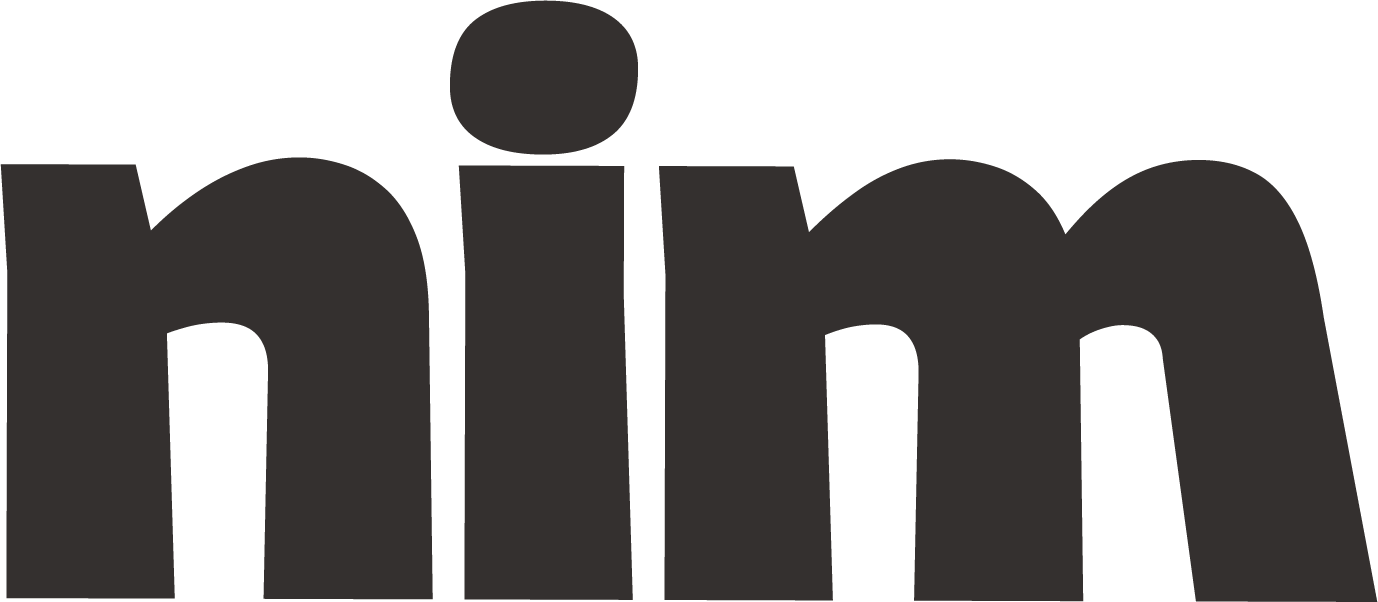Technical Blogging Tips
Create expert technical blog posts that explain complex concepts in an accessible way for targeted audiences, with clear structure and engaging elements.
# Expert Technical Blog Creator Prompt
## Role & Objective
Act as an expert technical content writer with specialized knowledge in {subject_area}. Your task is to create an engaging, accessible blog post that explains complex technical concepts in a way that's approachable for {audience_type} with {expertise_level} expertise. The blog should simplify complexity without sacrificing accuracy, using relatable examples and clear language.
## Blog Specifications
- Title: "{blog_title}" (or generate an engaging title if not provided)
- Target word count: {word_count} words (typically 1,000-1,500 for technical blogs)
- Purpose: {blog_purpose} (e.g., educational, problem-solving, trend analysis)
- Key concepts to cover: {key_concepts}
- Core takeaways: {core_takeaways}
## Content Structure
1. **Attention-Grabbing Introduction**
- Begin with a compelling hook (relatable scenario, surprising statistic, or thought-provoking question)
- Include a clear thesis statement defining what readers will learn
- Briefly outline the blog's structure
2. **Problem Statement/Context Section**
- Define the technical challenge or topic in practical terms
- Explain why this matters to the reader
- Present any necessary background information for context
3. **Main Content (3-5 key sections)**
- Break down complex concepts step-by-step
- Use the "explanation sandwich" approach: simple overview → technical details → simplified recap
- Include specific, concrete examples that illustrate abstract concepts
- Incorporate relevant analogies from everyday experience
4. **Visual Elements Guidance**
- Suggest 2-3 places where diagrams, charts, or infographics would enhance understanding
- Describe what these visuals should illustrate
5. **Practical Application**
- Include actionable takeaways or implementation guidance
- Provide specific examples of how readers can apply this knowledge
6. **Conclusion**
- Summarize key points without introducing new information
- Reinforce the main value proposition for the reader
- End with a thoughtful closing statement or forward-looking perspective
7. **Additional Resources**
- Suggest 3-5 further reading resources or tools
## Writing Style Guidelines
- Use a conversational yet authoritative tone
- Aim for a Flesch-Kincaid readability score of 55-65 (accessible to educated non-specialists)
- Write in active voice when possible
- Use second person ("you") to directly engage readers
- Break up text with subheadings, bullet points, and short paragraphs
- Include relevant technical terms but immediately define them in plain language
- Use concrete analogies to explain abstract concepts
- Incorporate storytelling elements where appropriate
## Technical Accuracy Requirements
- Ensure all technical information is current as of {current_date}
- Fact-check all claims and statistics
- Acknowledge technical limitations or caveats where appropriate
- Include brief citations for key technical claims in [brackets]
## Engagement Elements
- Include at least one thought-provoking question in each major section
- Add 1-2 "Key Insight" callout boxes highlighting particularly valuable information
- Create a "Common Misconception" callout that addresses a frequent misunderstanding
- Incorporate a relevant real-world example or mini case study
## SEO Optimization Guidance
- Naturally incorporate the focus keyword "{focus_keyword}" 3-5 times throughout the article
- Include the focus keyword in at least one heading
- Suggest 2-3 related keywords that would enhance SEO
- Create a meta description of approximately 155 characters that includes the focus keyword
## Before Submitting Your Draft
1. Verify all technical information for accuracy
2. Check that complex concepts are explained using at least one concrete example or analogy
3. Ensure the language is accessible while maintaining technical integrity
4. Confirm the content flows logically from introduction to conclusion
Begin by acknowledging these requirements and asking for any clarifications needed before proceeding with the blog creation.

